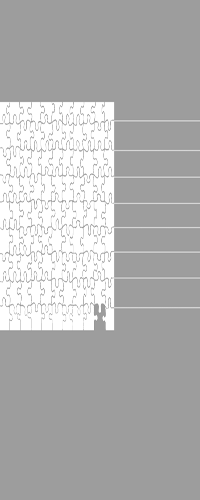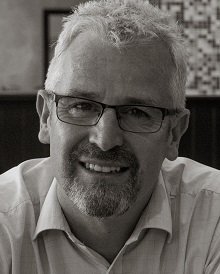Psychodynamic Psychotherapy
Psychotherapy gives space to express previously suppressed feelings and thoughts which in itself is cathartic.
Psychotherapy is unique in that it is designed for the understanding of the person as opposed to the symptom or the particular diagnosis.
It is based on the psychoanalytic knowledge of the psychosocial development of human beings.
I tend to focus on the relationship as opposed to technique or procedure.
Psychodynamic therapy, also focuses on unconscious processes as they are manifested in a person’s present behavior. The goals of psychodynamic therapy are to help the client to develop further awareness of themselves and gain more of an understanding of the influence of the past on present behaviour.
In its brief form, a psychodynamic approach enables the client to examine unresolved conflicts and symptoms that arise from past.
Several different approaches to brief psychodynamic psychotherapy have evolved from psychoanalytic theory and have been clinically applied to a wide range of psychological disorders. There is a body of research that generally supports the efficacy of these approaches.
Psychodynamic therapy is the oldest of the modern therapies. (Freud’s psychoanalysis is a specific form and subset of psychodymanic therapy.) As such, it is based in a highly developed and multifaceted theory of human development and interaction.
The theory supporting psychodynamic therapy originated in and is informed by psychoanalytic theory. There are four major schools of psychoanalytic theory, each of which has influenced psychodynamic therapy. The four schools are: Freudian, Ego Psychology, Object Relations, and Self Psychology.
Freudian psychology is based on the theories first formulated by Sigmund Freud in the early part of this century and is sometimes referred to as the drive or structural model. The essence of Freud’s theory is that sexual and aggressive energies originating in the id (or unconscious) are modulated by the ego, which is a set of functions that moderates between the id and external reality. Defense mechanisms are constructions of the ego that operate to minimize pain and to maintain psychic equilibrium. The superego, formed during latency (between age 5 and puberty), operates to control id drives through guilt.
Ego Psychology derives from Freudian psychology. Its proponents focus their work on enhancing and maintaining ego function in accordance with the demands of reality. Ego Psychology stresses the individual’s capacity for defense, adaptation, and reality testing.
Object Relations psychology was first articulated by several British analysts, among them Melanie Klein, W.R.D. Fairbairn, D.W. Winnicott, and Harry Guntrip. According to this theory, human beings are always shaped in relation to the significant others surrounding them. Our struggles and goals in life focus on maintaining relations with others, while at the same time differentiating ourselves from others. The internal representations of self and others acquired in childhood are later played out in adult relations. Individuals repeat old object relationships in an effort to master them and become freed from them.
Self Psychology was founded by Heinz Kohut, M.D., in Chicago during the 1950s. Kohut observed that the self refers to a person’s perception of his experience of his self, including the presence or lack of a sense of self-esteem. The self is perceived in relation to the establishment of boundaries and the differentiations of self from others (or the lack of boundaries and differentiations).
Each of the four schools of psychoanalytic theory presents discrete theories of personality formation, psychopathology formation, and change; techniques by which to conduct therapy; and indications and contraindications for therapy. Psychodynamic therapy is distinguished from psychoanalysis in several particulars, including the fact that psychodynamic therapy need not include all analytic techniques and is not conducted by psychoanalytically trained analysts. Psychodynamic therapy is also conducted over a shorter period of time and with less frequency than psychoanalysis.
A goal of therapy is often to change an aspect of one’s identity or personality or to integrate key developmental learning missed while the client was stuck at an earlier stage of emotional development.
Practitioners of brief psychodynamic therapy believe that some changes can happen through a more rapid process or that an initial short intervention will start an ongoing process of change that does not need the constant involvement of the therapist. A central concept in brief therapy is that there should be one or two areas of focus for the therapy rather than the more traditional psychoanalytic practice of allowing the client to associate freely and discuss unconnected issues. In brief therapy, the central focus is developed during the initial evaluation process, occurring during the first session or two. This focus must be agreed on by the client and therapist. The central focus singles out the most important issues and thus creates a structure and identifies a goal for the treatment. In brief therapy, the therapist is expected to be fairly active in keeping the session focused on the main issue. Having a clear focus makes it possible to do interpretive work in a relatively short time because the therapist only addresses the circumscribed problem area.
 Pete Doyle
Pete Doyle



